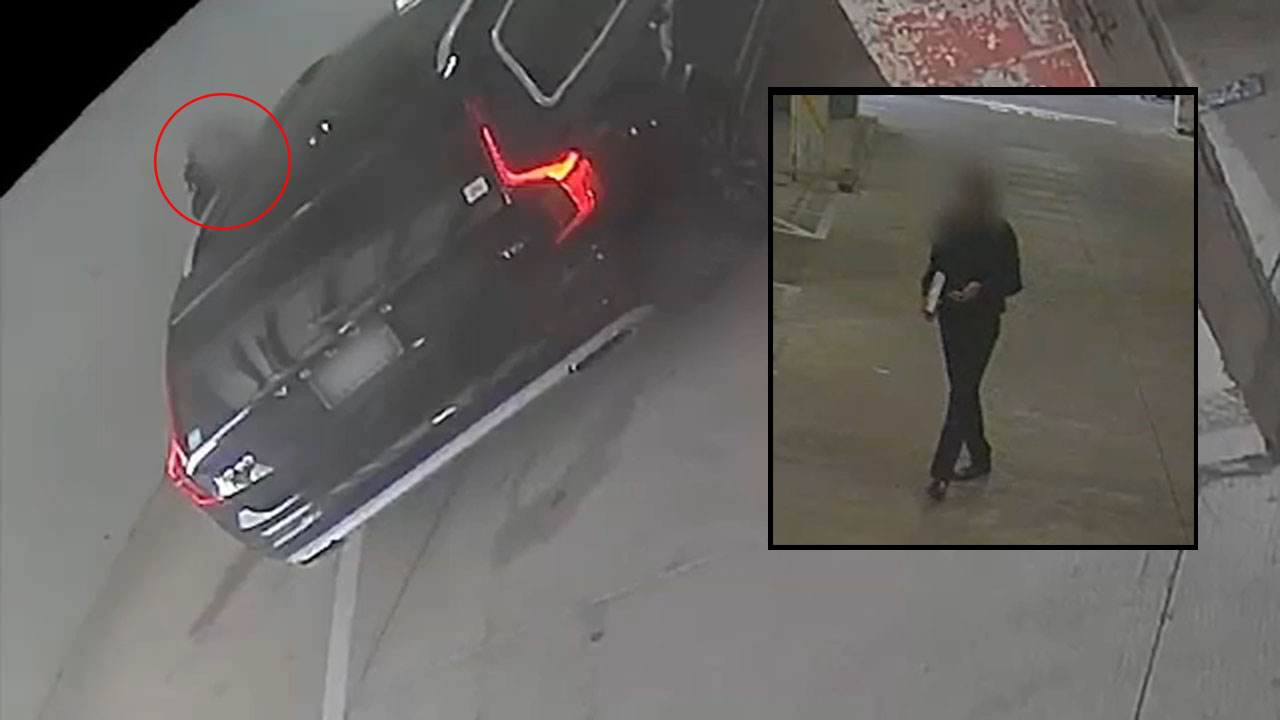Firefighters show off how hot their job can get
HOUSTON (KTRK) -- From a 4-alarm apartment fire on Kempwood in Houston where firefighters were treated for heat issues to Pasadena, the largest municipal volunteer fire department in the country, high temperatures mean more alarms and manpower.
Pasadena Fire Chief Lanny Armstrong said, "When we have triple-digit heat it's a major problem."
Eyewitness News Reporter Christine Dobbyn suited up for one of summer's toughest jobs. In less than two minutes, firefighters add 60 pounds of protection and equipment before going in to a burning building.
When Gina Falcone isn't teaching children, she volunteers as a firefighter with Pasadena. She took Eyewitness News Reporter Christine Dobbyn through the process.
The hood is one of the first things to go on.
Falcone said, "Your ears will feel heat first so keep your hood on."
Boots, pants, a coat, air pack and mask all follow.
Chief Armstrong says, "You are effectively wrapping yourself in three layers of quilted material from head to toe and going into an environment that could be up to 300 degrees."
As the fire heats up, so do the firefighters. Temperatures outside may be close to triple digits, but inside the temperatures can reach 300 degrees. Towards the ceiling, it can be 10 times hotter.
Falcone said, "You don't realize how much you are doing until you get in there in the heat. Ten minutes goes like that and you are calling for back up."
The Pasadena Fire Department hot house was set on fire and our crew went in. Dobbyn first helped tear out sheetrock from a backroom with a heavy tool as Falcone instructed her. It got intense quickly.
Dobbyn said, "My mouth is dry, my heart rate and using a lot of air."
Dobbyn followed Falcone into the house to look for a practice victim, a small hose serving as a child. Falcone tells our reporter to always know where the fire hose.
"It's our safety line, follow that hose and you will get out," Falcone said.
Dobbyn crawled through smoke and heat with a hand on the hose for safety. She says each move takes immense energy. One they reached the victim the crawled back towards the door, following the trail of hose until they can open the door and find light, air, and cooler temperatures than the 150 degrees inside the hot house.
"Total exhaustion, I was only in there a few minutes," said Dobbyn.
Next stop is the rehab station, a crucial part of cycling crews in and out. Firefighters are given chairs, arms are placed in ice, popsicles with electrolytes eaten and temperatures carefully check.
Chief Armstrong checked Dobbyn with a heat gun where some areas were close to 100 degrees. Once her arms were immersed in ice, readings went down to 74 there.
Chief Armstrong added, "That shows how quickly when we get some ice on you, how quickly we can get your core temperature down. That's really what we're concerned with."






